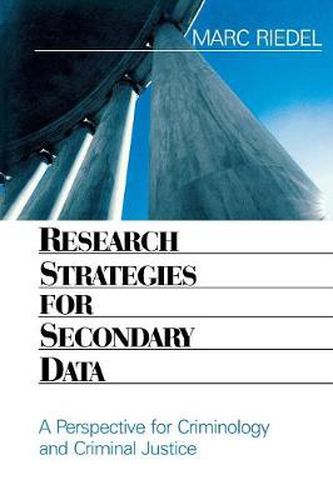Readings Newsletter
Become a Readings Member to make your shopping experience even easier.
Sign in or sign up for free!
You’re not far away from qualifying for FREE standard shipping within Australia
You’ve qualified for FREE standard shipping within Australia
The cart is loading…






Until now, books on secondary data have described sources of secondary data with an emphasis on description that had little to do with crime and deviance. Research Strategies for Secondary Data changes all that because it is designed specifically for secondary data users in criminology and criminal justice. In addition to describing data sources available through archives and the Internet, it provides a perspective on secondary data. This perspective consists of discussing the role of secondary data in criminology and criminal justice, its strengths, limitations, and the different ways that secondary data can be disaggregated and interpreted. The book also discusses the nature of hypotheses and design as they relate to the constraints of secondary data. There are chapters devoted to evaluation guidelines for official statistics and official records, how official records, such as police department files, can be accessed, and the legal implications of using secondary data in light of legislation like the Freedom of Information Acts.
$9.00 standard shipping within Australia
FREE standard shipping within Australia for orders over $100.00
Express & International shipping calculated at checkout
Until now, books on secondary data have described sources of secondary data with an emphasis on description that had little to do with crime and deviance. Research Strategies for Secondary Data changes all that because it is designed specifically for secondary data users in criminology and criminal justice. In addition to describing data sources available through archives and the Internet, it provides a perspective on secondary data. This perspective consists of discussing the role of secondary data in criminology and criminal justice, its strengths, limitations, and the different ways that secondary data can be disaggregated and interpreted. The book also discusses the nature of hypotheses and design as they relate to the constraints of secondary data. There are chapters devoted to evaluation guidelines for official statistics and official records, how official records, such as police department files, can be accessed, and the legal implications of using secondary data in light of legislation like the Freedom of Information Acts.